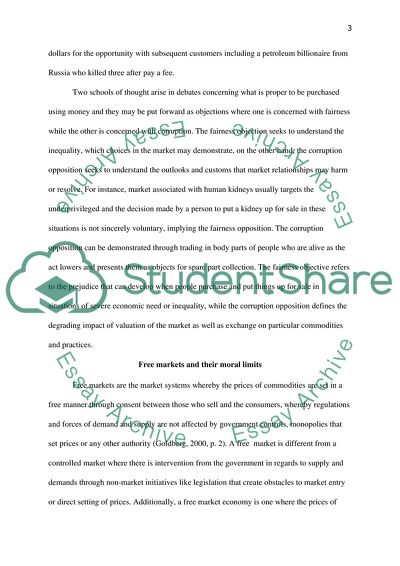Cite this document
(The Moral Limits of Markets Coursework Example | Topics and Well Written Essays - 2000 words, n.d.)
The Moral Limits of Markets Coursework Example | Topics and Well Written Essays - 2000 words. https://studentshare.org/marketing/1872745-the-moral-limits-of-markets
The Moral Limits of Markets Coursework Example | Topics and Well Written Essays - 2000 words. https://studentshare.org/marketing/1872745-the-moral-limits-of-markets
(The Moral Limits of Markets Coursework Example | Topics and Well Written Essays - 2000 Words)
The Moral Limits of Markets Coursework Example | Topics and Well Written Essays - 2000 Words. https://studentshare.org/marketing/1872745-the-moral-limits-of-markets.
The Moral Limits of Markets Coursework Example | Topics and Well Written Essays - 2000 Words. https://studentshare.org/marketing/1872745-the-moral-limits-of-markets.
“The Moral Limits of Markets Coursework Example | Topics and Well Written Essays - 2000 Words”. https://studentshare.org/marketing/1872745-the-moral-limits-of-markets.


